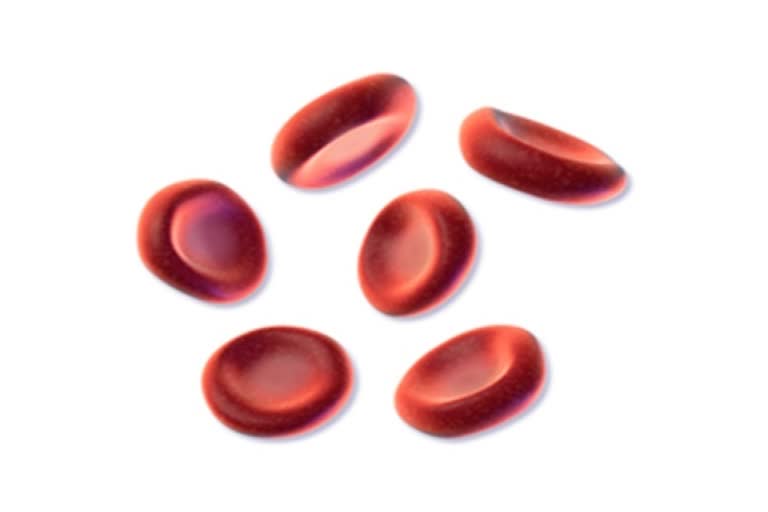New York: Researchers have developed a way to use smartphone images of a person's eyelids to assess blood hemoglobin levels -- a protein in red blood cells that carries oxygen.
The ability to perform one of the most common clinical lab tests without a blood draw could help reduce the need for in-person clinic visits, make it easier to monitor patients who are in critical condition, the study, published in the Optica journal said.
"Our new mobile health approach paves the way for bedside or remote testing of blood hemoglobin levels for detecting anemia, acute kidney injury and haemorrhages, or for assessing blood disorders such as sickle cell anemia." said study researcher Young Kim from Purdue University in the US.
The research team used software to transform the built-in camera of a smartphone into a hyperspectral imager that reliably measures hemoglobin levels without the need for any hardware modifications or accessories. A pilot clinical test with volunteers showed that prediction errors for the smartphone technique were within five to 10 per cent of those measured with clinical laboratory blood.
The researchers created a mobile health version of this analysis by using an approach known as spectral super-resolution spectroscopy. This technique uses software to virtually convert photos acquired with low-resolution systems such as a smartphone camera into high-resolution digital spectral signals. The research team selected the inner eyelid as a sensing site because microvasculature is easily visible there; it is easy to access and has relatively uniform redness.
Also Read:37% increase in cyberattacks in India in Q1 2020: Report
